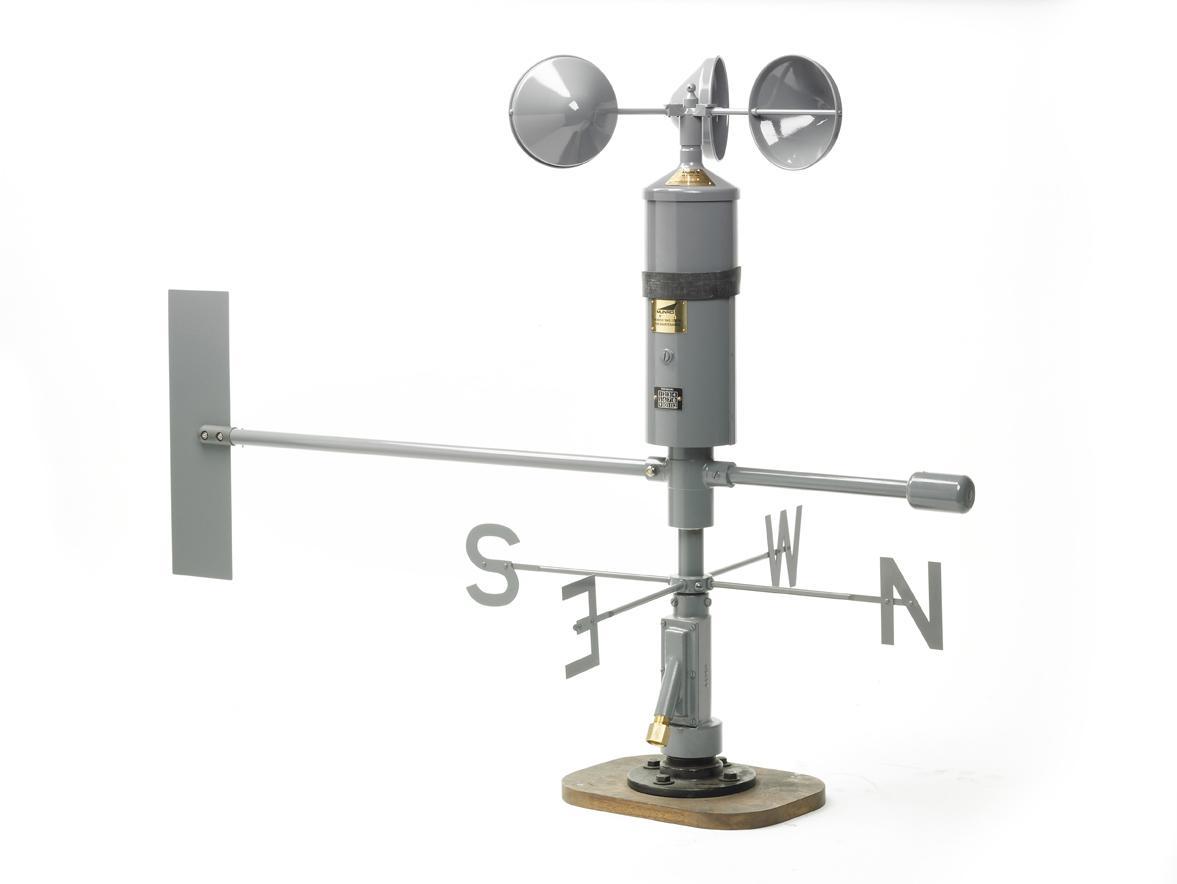How to Maintain and Care for Your Anemometer to Ensure Longevity
Wiki Article
Anemometers Introduced: Recognizing Their Importance in Ecological Tracking and Precaution
The role of anemometers in ecological tracking and safety procedures is usually taken too lightly, yet their relevance is undeniable. From meteorology to aeronautics safety and security, anemometers play an essential duty in providing exact information that informs decision-making procedures and enhances total security.History of Anemometers
The advancement of anemometers can be traced back to the ancient worlds where fundamental wind determining gadgets were initial made use of. One of the earliest known anemometers was the hemispherical cup anemometer designed by Leon Battista Alberti in the 15th century.In the 18th century, the renowned scientist John Thomas Romney Robinson presented the Robinson anemometer, which included 4 hemispherical mugs mounted on horizontal arms that prolonged from a main axis. This layout came to be a standard in atmospheric dimensions as a result of its precision and reliability. Over the years, improvements in technology caused the development of more modern anemometers, consisting of ultrasonic anemometers and laser Doppler anemometers, providing raised precision and efficiency in gauging wind rate and instructions. The history of anemometers showcases an amazing trip of innovation and progress in the area of meteorology.
Kinds Of Anemometers
Throughout the area of weather forecasting, different sorts of anemometers have been created to accurately measure wind rate and instructions. The most common kind is the mug anemometer, which contains three or four mugs placed on straight arms that turn with the wind. As the mugs rotate, the rate at which they turn is directly proportional to the wind rate. One more widely utilized type is the vane anemometer, which features a tail or fin that aligns itself with the wind direction. This alignment allows the tool to identify the wind direction. Sonic anemometers utilize ultrasonic signals to measure wind rate and direction properly. They are typically used in research study applications due to their high accuracy. Hot-wire anemometers operate based upon the principle that the cooling effect of wind on a heated cord is symmetrical to the wind speed. These anemometers appropriate for gauging reduced wind speeds with high accuracy. Each kind of anemometer has its strengths and is chosen based on the particular demands of the surveillance job handy.Applications in Weather Forecasting
Having actually discussed the different kinds of anemometers utilized in meteorology for gauging wind speed and direction, it is necessary to explore their functional applications in the area. Anemometers play an important function in weather forecasting by giving accurate and real-time data on wind problems (anemometer). Meteorologists make use of anemometers to keep track of wind rate and direction to anticipate weather patterns, problem cautions for serious weather condition occasions like tornadoes, hurricanes, and storms, and examine atmospheric conditions for aviation safety and securityIn meteorology, anemometers assist in understanding local and regional wind patterns, which are crucial for forecasting climate adjustments and determining climatic fads. These tools are additionally made use of in study to examine microclimates, urban heat islands, and air contamination diffusion. In addition, anemometers are utilized in agriculture to optimize plant administration methods, such as irrigation and pesticide application, based on wind problems.
Value in Air Travel Safety And Security
An indispensable aspect of making sure aviation safety and security exists in the careful monitoring of wind problems utilizing anemometers. Anemometers play a critical function in air travel by providing real-time information on wind speed and direction, aiding pilots in making educated decisions throughout landing, trip, and take-off. Strong and unpredictable winds can considerably influence aircraft operations, making it important for aeronautics authorities to rely upon precise wind dimensions to guarantee the security of passengers and team.
In the vibrant atmosphere of air travel, where also small changes in wind speed and direction can have extensive results, anemometers stand as important tools for promoting safe and safe and visit here secure flight.
Duty in Environmental Study
Anemometers play a critical role in ecological research by providing vital information on wind rate and instructions. By accurately determining wind attributes, anemometers assist scientists examine the movement of toxins in the air, examine the impact of commercial emissions, and anticipate the spread of contaminants in the atmosphere.

Final Thought
In verdict, anemometers have played a critical duty in environmental surveillance and precaution. With a rich history and different types available, these devices have been extensively made use of in weather forecasting, air travel security, and environmental study. Understanding the value of anemometers is important for accurately gauging wind rate and direction, which is important for predicting climate patterns, making certain risk-free aviation procedures, and carrying out environmental studies - anemometer. Their payments to these fields can not be underestimated.One of the earliest well-known anemometers was the hemispherical cup anemometer developed by Leon Battista Alberti in useful content the 15th century. Over the years, innovations in innovation led to the growth of more modern-day anemometers, including ultrasonic anemometers and laser Doppler anemometers, using enhanced accuracy and effectiveness in gauging wind rate and direction. Hot-wire anemometers run based on the concept that the cooling result of wind on a warmed wire is symmetrical to the wind rate. Meteorologists utilize anemometers to monitor wind speed and instructions to forecast weather condition patterns, problem warnings for extreme climate occasions like storms, storms, and twisters, and analyze atmospheric problems for aeronautics security.
Understanding the relevance of anemometers is necessary for accurately measuring wind speed and instructions, which is vital for forecasting this page weather condition patterns, making certain risk-free aviation operations, and performing environmental studies. (anemometer)
Report this wiki page